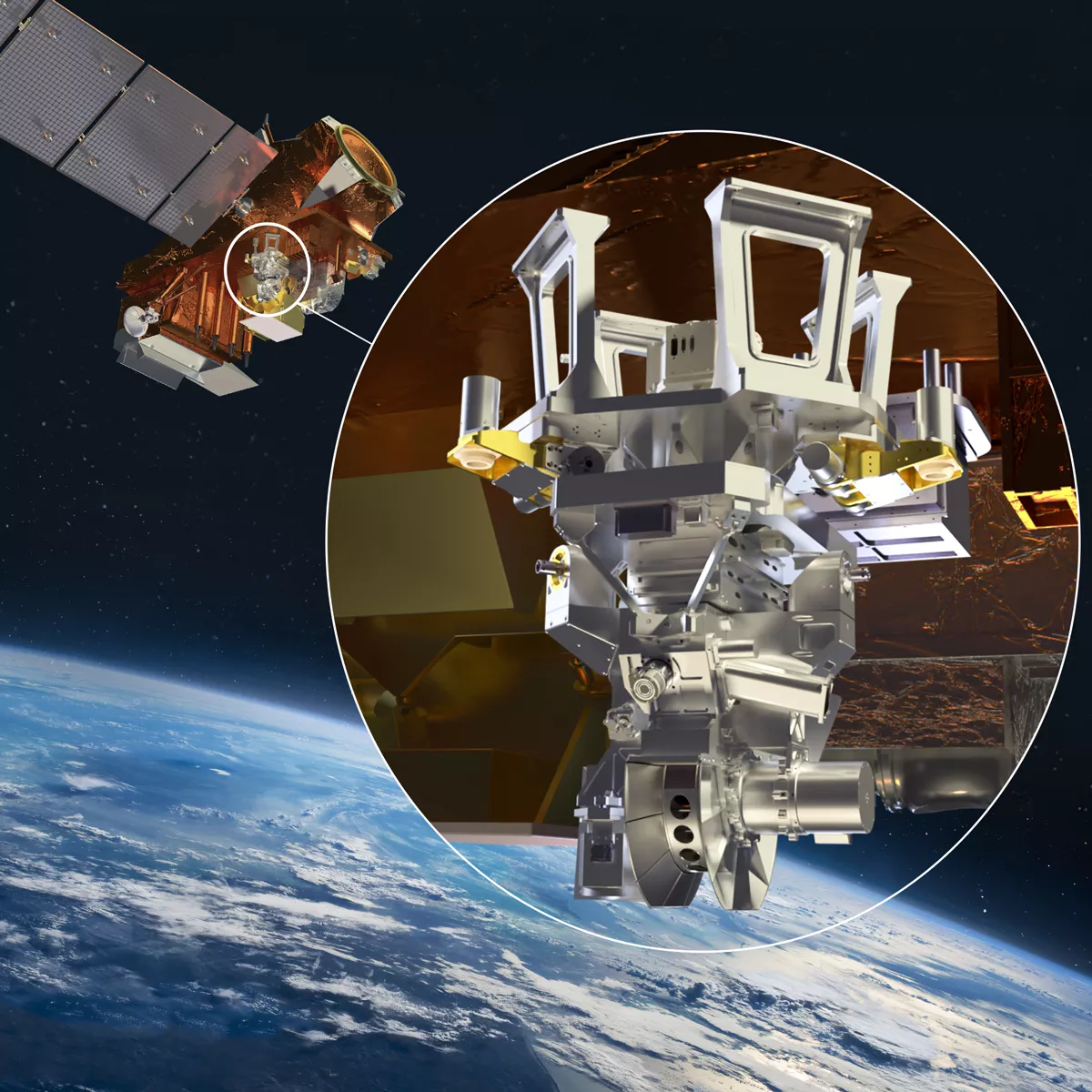Libera [lib-er-uh] is the first NASA Earth Venture Continuity mission, developed to provide continuity with the Clouds and the Earth’s Radiation Energy System (CERES) mission that has a total of six instruments that are flying on Suomi NPP, NOAA-20, Terra and Aqua.
Libera will maintain the decades-long continuous, global data record of Earth’s radiation budget from the CERES mission that started in 2000. Libera is named for the daughter of Ceres in Roman mythology, acknowledging the relationship between this new mission and its predecessor.
The Libera instruments will fly on JPSS-4, the next satellite in the series targeted for launch in 2027, which will be named NOAA-22 once in orbit. Libera will measure Earth’s reflected solar radiation and emitted terrestrial radiation. The difference between this outgoing radiation and the incoming radiation from the Sun (measured by the NASA TSIS-1 and upcoming TSIS-2 missions) is a key factor in determining our climate: if Earth’s incoming radiative energy exceeds its outgoing radiative energy, it warms; if Earth’s outgoing radiative energy exceeds its incoming radiative energy, it cools.
The specific wavelength ranges Libera will observe will allow scientists to understand changes to Earth’s climate system, including the factors responsible for Earth’s energy imbalance — a deficit of outgoing energy — that is driving present day climate change.
Benefits
- Libera provides fundamental climate information about the relationship between incoming radiative energy (measured by NASA’s TSIS missions) and outgoing radiative energy from Earth.
- Continuity of Earth’s radiation budget climate record over time reveals the signals of climate change, connecting energy flow to temperature trends.
- Libera observations will aid in testing and improving climate models.
Libera Innovations
- The Libera instrument package includes a wide-field-of-view camera to provide scene context for interpreting the Libera radiometer measurements.
- The Libera state-of-the art detectors absorb radiative energy at all wavelengths using carbon nanotubes, the blackest material on Earth.
- The absorbed radiative power in the detector is established by determining the equivalent electrical power necessary to keep the detector at a fixed temperature, a method know as electrical substitution.
- Along with the CERES-heritage wavelength bands, Libera adds an additional wavelength band that will help discriminate between solar radiation that is absorbed in the atmosphere from that which is absorbed at the surface.
Libera’s improved accuracy from state-of-the art detectors will aid in quantifying trends in Earth’s radiative energy budget. The additional wavelength band will help in the attribution of trends to their underlying causes.

